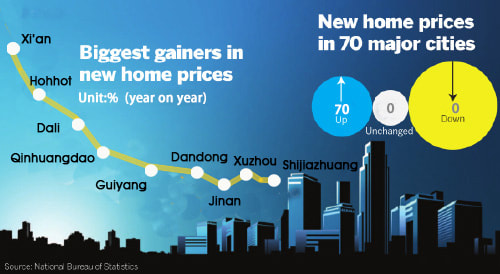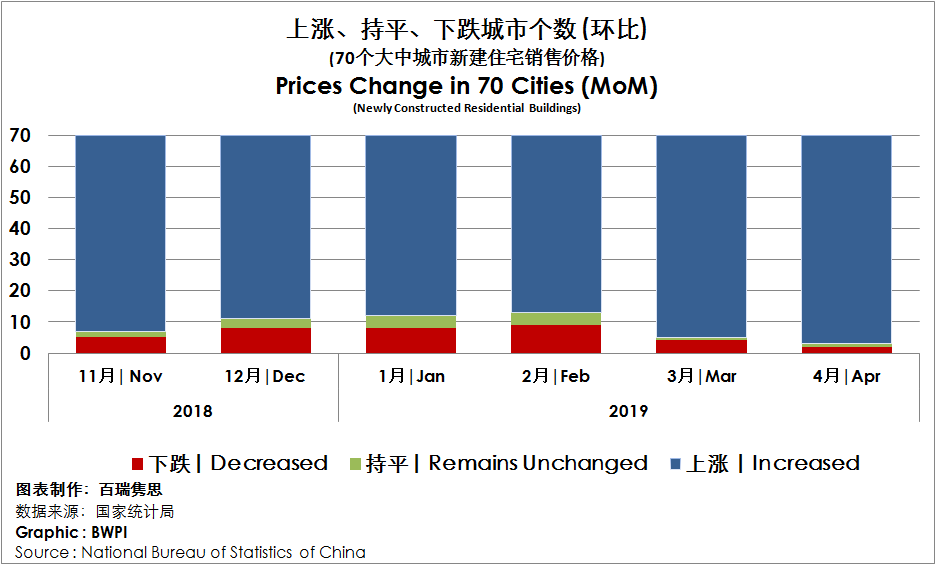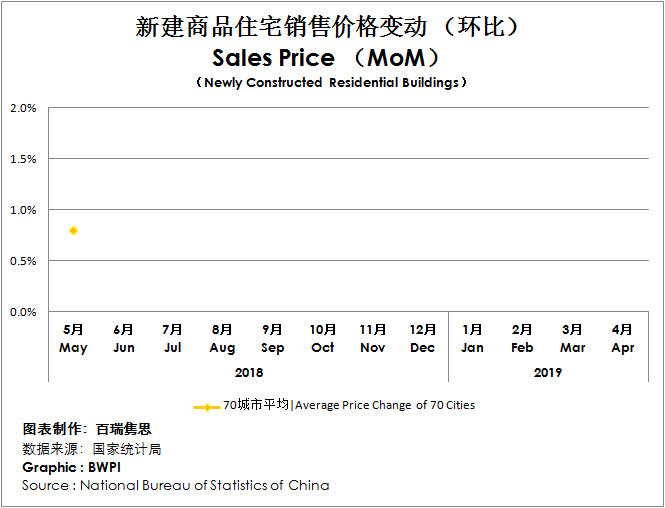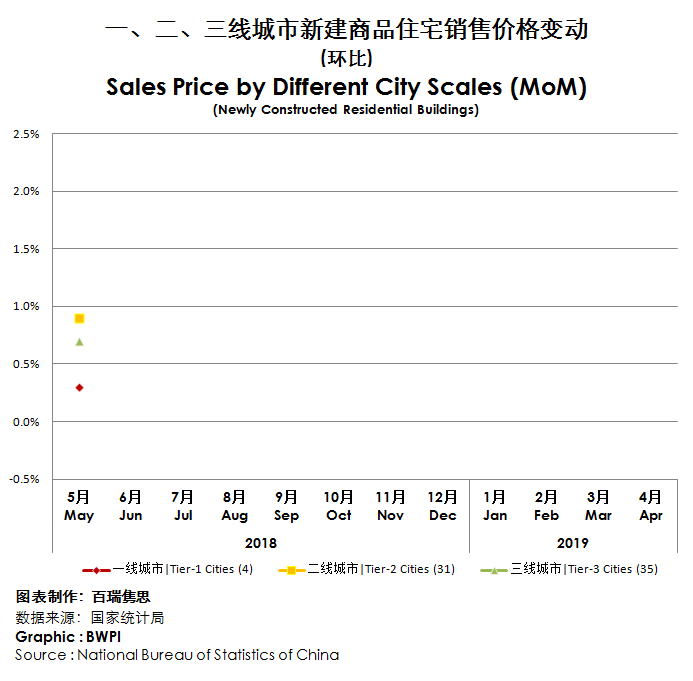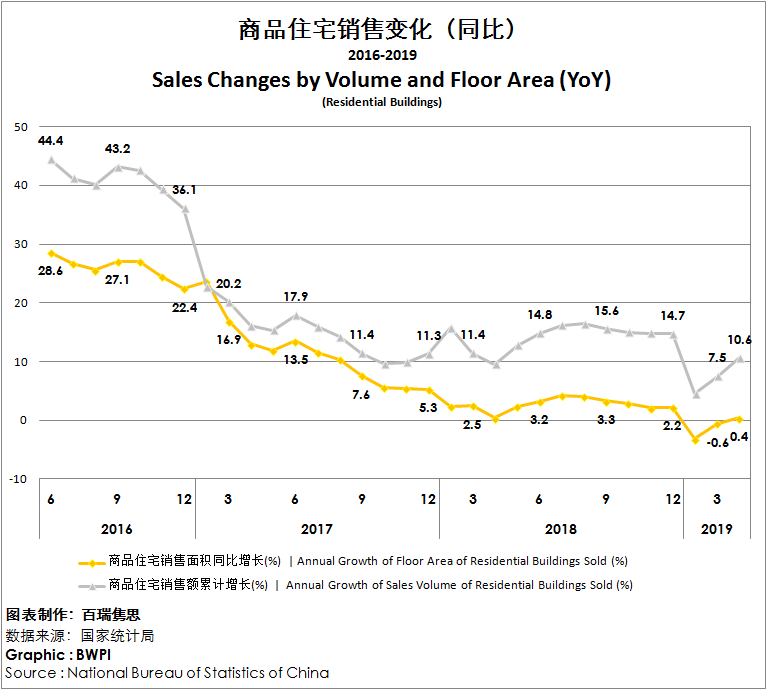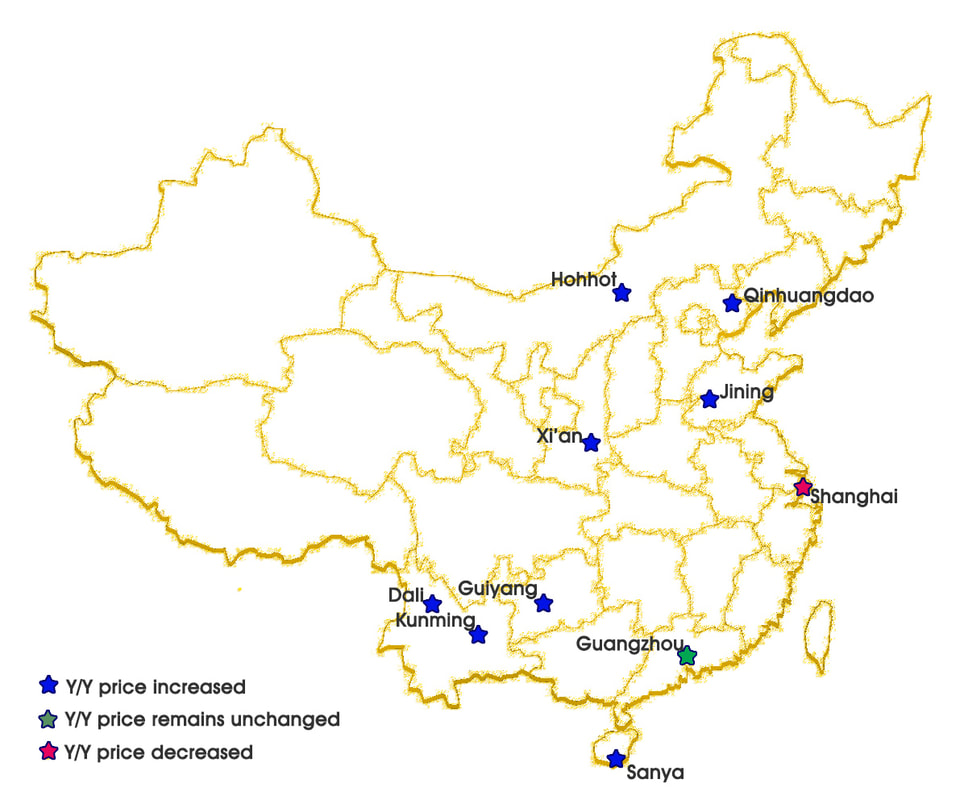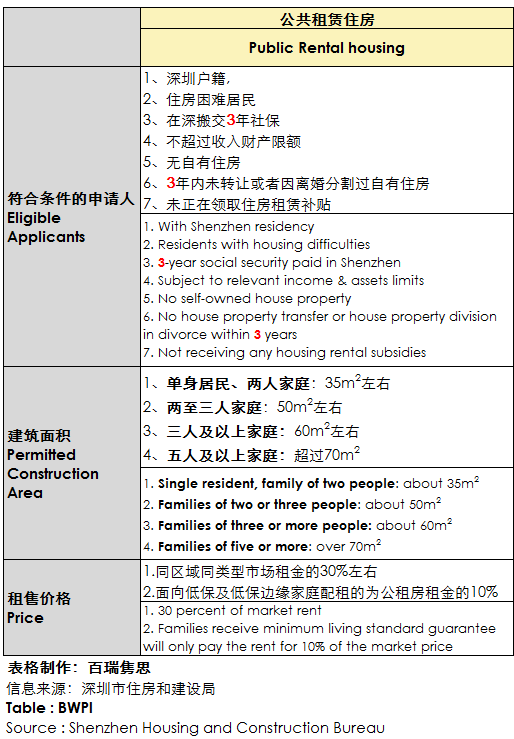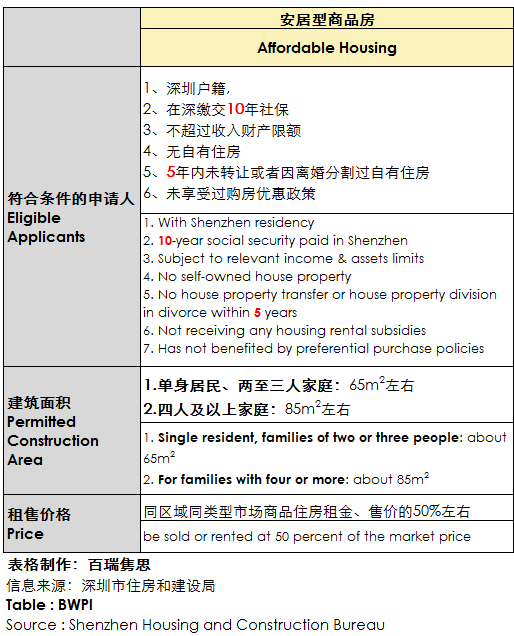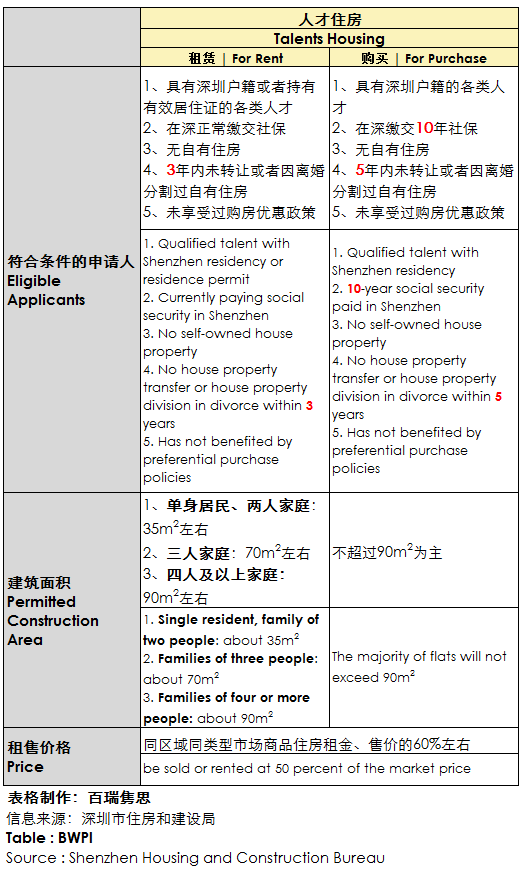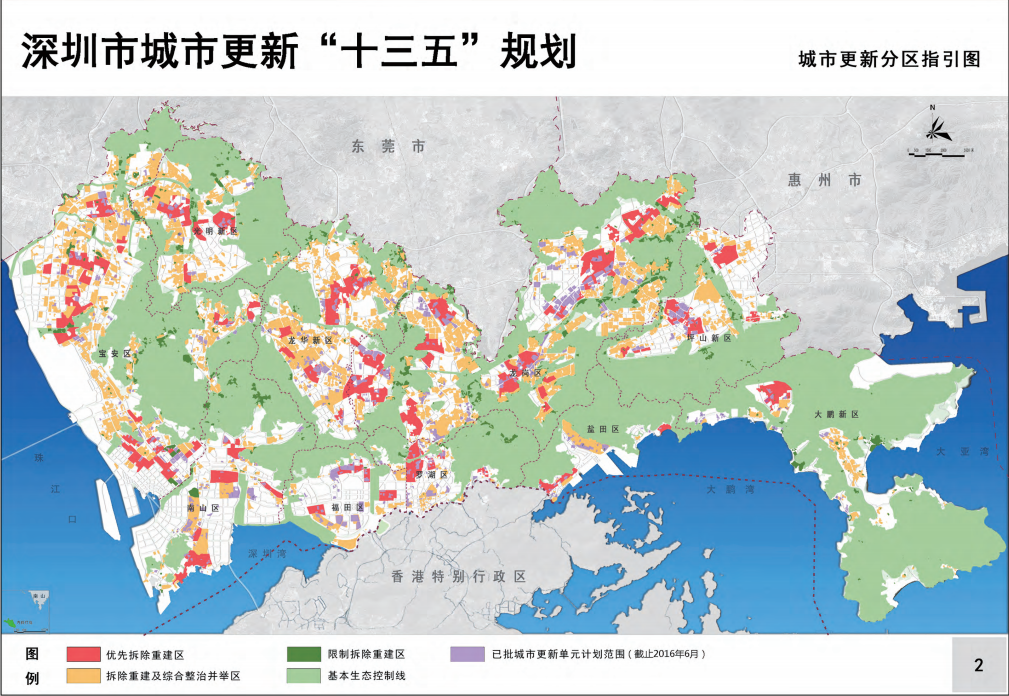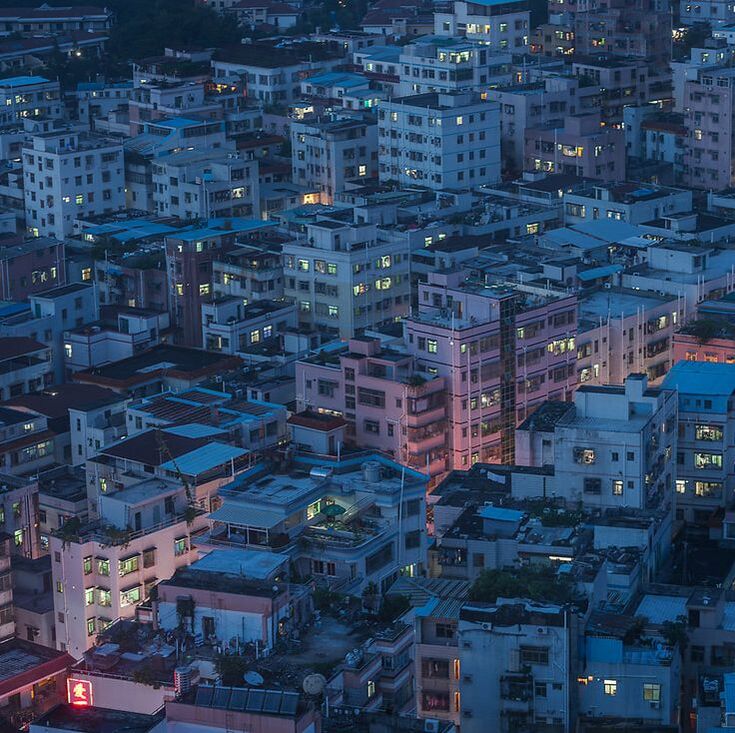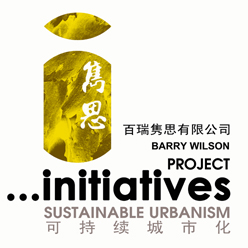|
Up or Down? (April 2019)
22/05/2019
urbanisationnews
In the past few months, China's property market has started to heat up gradually as more cities reported price gains. According to the data released by National Bureau of Statistics last week, 67 of 70 cities monitored by the government saw month on month growth in their new home prices, exceeding the numbers of 65 and 57 cities in March and February respectively.
Price TrendNew Home MarketA weighted index calculated by Thomson Reuters shows the average new home prices of 70 Chinese cities were increased by 10.7 percent year on year in April, which is a 2 years high since April 2017.
Existing House Market & Sales ConditionFor existing houses, 55 cities saw a monthly growth in April, down from 57 cities in March. Meanwhile, the average prices of second hand homes increased by 0.53 percent, higher than 0.46 percent in the March.
Cities Warned Over Fast Price Growth
Year on Year Summary
Other Housing News in ShenzhenThe government in Shenzhen has recently issued a series of policy documents for the property markets.
More Subsidised Home Provision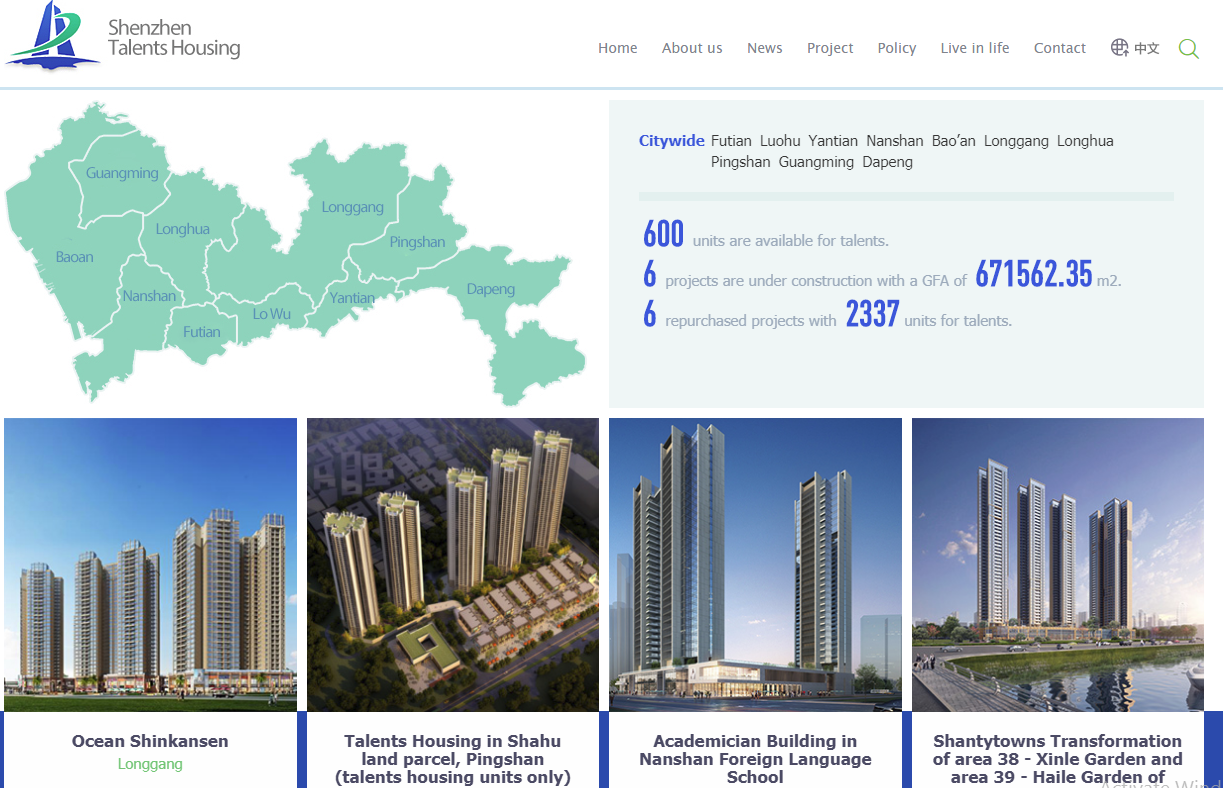
Talents housing is a favorable policy initiated by the Shenzhen government. This policy allows to individuals who meet specified standards to live in the government funded houses at lower price than the market. Qualified talents include high-level scholars, professional experts and other nationally recognised talents (such as people Thousand Talents Program). Image: Shenzhen Talents Housing Group Co. Ltd
Policy Guidelines
The new measure aims to tackle the "zombie redevelopment projects" with slow project progress. Historically many redevelopment projects might be listed in the city's redevelopment plan, yet have not received a special approval. The time limit was set for one to three years in accordance with the announcement date of project.
Read the original article at stats.gov
2019/02/22
Up or Down? (January 2019) 2018/11/28 Up or Down? (October 2018) 2018/8/31 Up or Down? (July 2018) 2017/05/31 Up or Down? (April 2018) 2017/11/23 Up or Down? (October 2017) 2017/10/27 Up or Down? (September 2017) 2017/09/26 Cities Innovate with Housing Changes |
|
Services |

